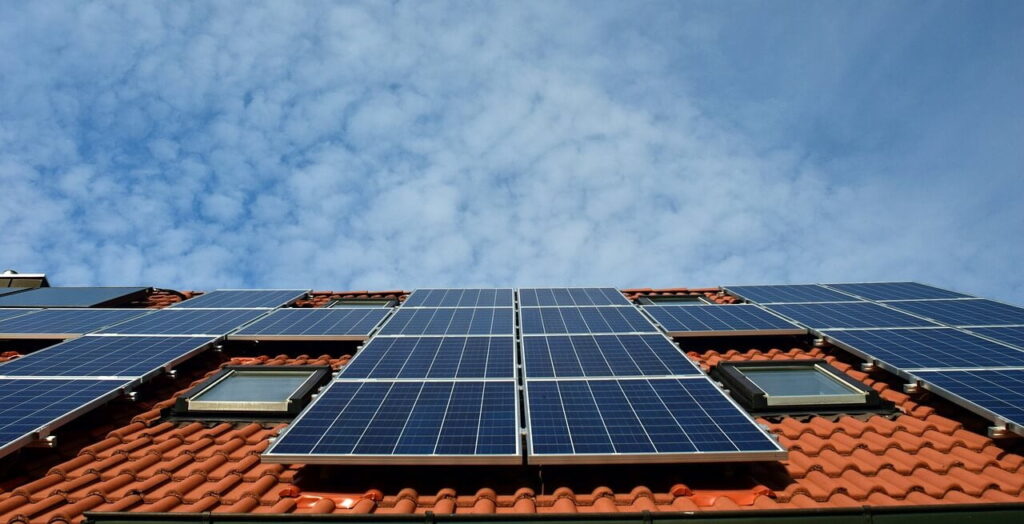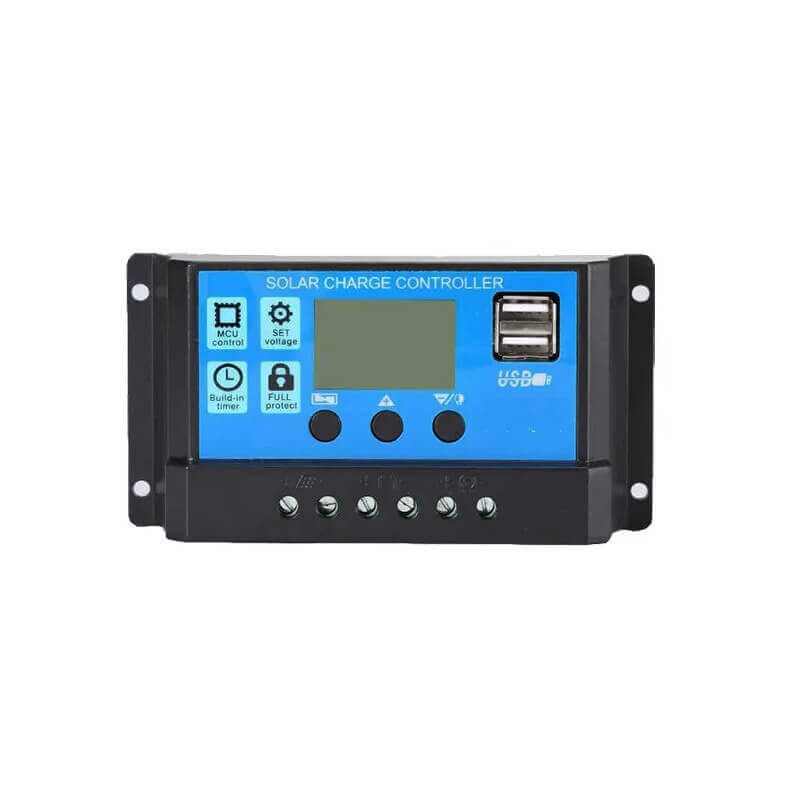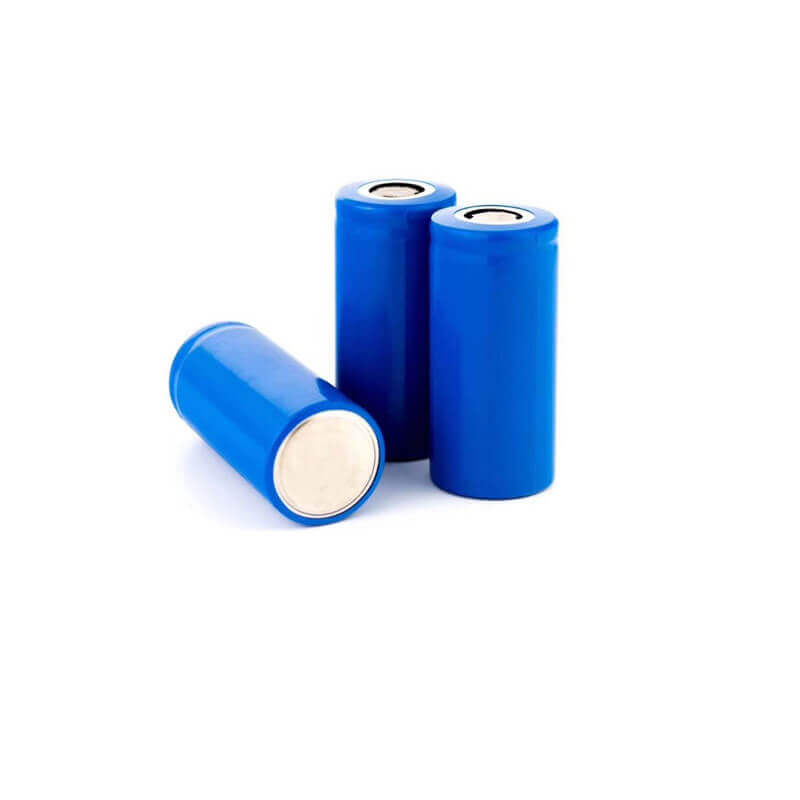Solar Energy is the most popular and clean renewable energy that anybody can harvest. In recent years, there are many upgraded technologies arrived in the market. With that, we can harvest more energy in a small place. We will be discussing the latest technologies available in the market (2021). However, we should also consider combining those technologies to make the best efficient solar system with a compatible setup.
Factors Determines the Efficiency of Solar Panels:
- Type of the Solar Panel (Monocrystalline or Polycrystalline).
- Mounting Place and Orientation.
- Distance and Wiring Quality.
- Climatic nature of a location (Cloudy, Sunshine, Fog, Snow).
- Charge Controller type and Inverter.
- Dust formation – Usually Cleans itself during rain when installed in correct angle.
So let’s know about the latest technologies and try to choose a most efficient solar system. Keep in mind, combining right tools at the right place is always great for more productivity or efficiency. Let’s get started!
For a simple solar setup, we need the following things
- Solar Panel
- Solar Inverter
- Charge Controller (Inverters required if AC Load)
- Batteries
Solar Panels:
Choosing a solar panel is very important for harvesting energy from the sun. There are different types of solar panels are available in the market. Of these, the Mono Crystalline Solar panel is good for collecting more energy than Polycrystalline panels. You might be confused by its name that poly is more, but it is not. The monocrystalline technology uses a single crystal on each cell of pure silicon makes it highly efficient at a little premium price.
The highest efficiency solar panels on the market today can reach almost up to 23 percent efficiency to date in 2022. The average efficiency of solar panels falls between the 17 to 19 percent efficiency range. When there is more demand picks up for the upcoming Green Energy and Electric vehicles, competition creates an opportunity for investment in R&D to improve Solar Efficiency more in the future.
The below chart shows us how much affordable solar panels cost from the past. So this is the perfect time to go green. Even many software giants run their offices with their own Solar Farms.
Monocrystalline Solar Panel (Higher Efficiency):
- In Monocrystalline panels, each PV is made up of single silicon crystal. This panel looks black in nature. (Good energy efficiency but high in cost, considerably 20% Higher).
Price History for LOOM SOLAR Panel 190 Watt-12 Volt Mono PERC (Pack of 2)
Statistics
| Current Price | Rs. 685 | July 4, 2025 |
| Highest Price | Rs. 685 | June 4, 2025 |
| Lowest Price | Rs. 685 | June 4, 2025 |
Last price changes
| Rs. 685 | June 4, 2025 |
Polycrystalline Solar Panel (Low Cost):
- Polycrystalline panels are made using multiple silicon crystals melded together. This panel looks blue hue in color. (Cost effective but Less Efficiency).
So when choosing a Solar Panel, Consider a monocrystalline panel for more efficiency. These panels even produce some energy even in cloudy days.
Solar Inverter:
Solar Inverters are used to convert the stored DC energy in the battery into AC to provide power for AC Devices like fans, TV, and AC Lights. Inverters are available in various KiloWatts that tell how many devices you can run at a time. You need to choose it as per your requirements. But there are also different types of inverters available. We see the generally used inverters here.
The traditional inverter (UPS) is only used for Home UPS Only and it doesn’t have input for solar (it can be upgraded with an additional controller).
The new model inverters that come with an additional terminal for Solar also, are called Hybrid Solar Inverters. These inverters also have solar input, where you can intelligently choose the best power source available. So choosing a hybrid inverter will be best suitable if you are planning to upgrade it to solar in the future.
Charge Controllers (for DC Devices only):
Why do we need a charge controller, can’t the solar panels charge the battery directly?
A 12V Solar panel doesn’t provide stable 12 Volt to charge a battery. Based on sunlight the voltage can go up to 20 Volt that is not good for a battery. Without a charge controller, the battery may charge during the daytime but at night it reverses back to the panel and drains the battery.
A Charge controller is an electronic device that has protection diodes, it allows to pass the current in one direction only. The Charge Controller is used to monitor and charge the battery with its required charge voltage and stops draining, preventing over-charge and over-drain. Some batteries can’t be recharged again when it is completely drained. So a charge controller is important to protect the battery and panel.
Charge controllers are suitable only for DC Devices to work directly as it doesn’t have any converter or inverter inbuilt. The output from a charge controller is same as battery voltage.
You can connect an inverter from the battery if you need to run AC Loads. If it is DC Only Setup, there is no DC to AC conversion that takes place, hence no loss. There are 2 types of charge controllers available PWM and MPPT. The MPPT Charge controllers are recommended for more efficiency.
PWM Charge Controllers (Less Efficiency):
MPPT Charge Controller: (Higher Efficiency)
Batteries:
Batteries are also another important investment in solar setup. The traditional setup uses lead-acid batteries that are more cost-effective but have Higher charging time, Can’t handle higher loads, Less Cycle Life if not used for a long time, Heavy Weight, Maintenance needed. As it takes too long to charge the battery and it is waste energy from the solar panels. The current battery technology that is available in the market is Lithium Batteries (Lithium Ion & LiFePO4). These batteries are less size, less weight, long cycle life, and more importantly fast charging.
Important Tip:
When you are choosing Lithium Batteries the charge controller/Inverter needs to support Lithium as well. Otherwise, you will lose efficiency and can degrade the battery.
So when you are choosing a setup, you can consider the available best technologies available.
Lithium Batteries with 2 Years Warranty is available at Loom Solar. These batteries are equipped with Battery Management System and can work with old solar setup also.
Get DIY Lithium Phosphate (LiFePO4) Batteries from FactoryForward India
Advantage of Lithium Batteries over Lead Acid Batteries:
- Faster Charging time than Lead Acid Batteries
- Zero maintenance
- Batteries like Lithium Polymer batteries can have higher discharge rate than its actual capacity like 70 or 80 Times. In lead acid batteries, we can only use lesser discharge rate (C-Rating) than its actual capacity (70% usable typically).
- Self-discharge rate – 5% per month @ 25˚C (Lead Acid Batteries needs to be charged at least once in a month to avoid degrading. But Lithium Batteries have longer shelf life)
- Higher AH Efficiency – 100%. (Lead Acid batteries performance gets reduced when battery is less than 50% of charge. But lithium batteries works sturdy until it lasts, the BMS disconnects the battery when it drains than its capacity, over discharge and overcharge)
Summary:
The best solar considerations as per the current technologies are
- Mono Perc Solar Panels
- Solar Hybrid Inverters (that gives first preference to solar energy).
- MPPT Charge Controller (Maximum Power Point Tracking)
- Lithium Ion Batteries or Higher Life Cycle Lithium Ferro Phosphate (Lithium Phosphate, LiFePO4) Batteries
Accessories for Solar:
Note: We have explained the best available technologies in the market. But the technical specification needs to be considered before deciding as per the application. We will see some example setup in the upcoming blogs. Leave us in the comment if you need any queries and interesting topics.

















